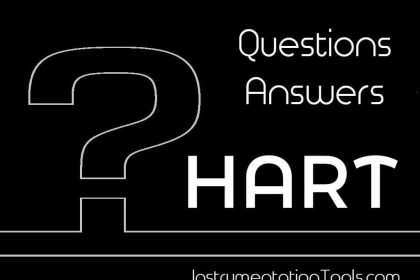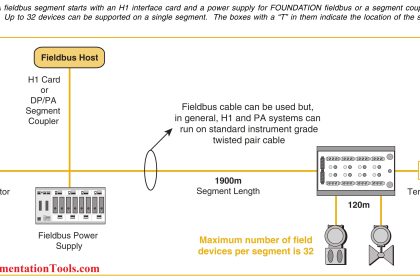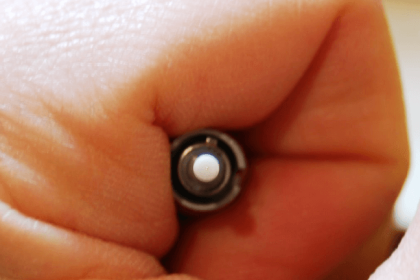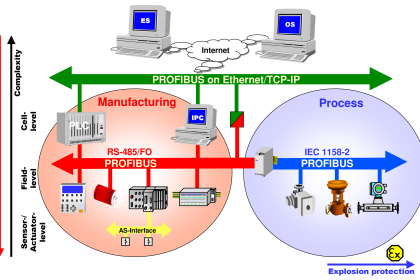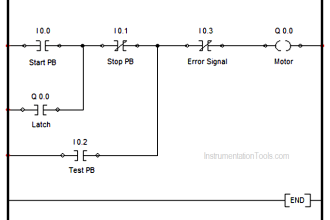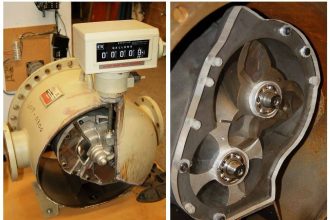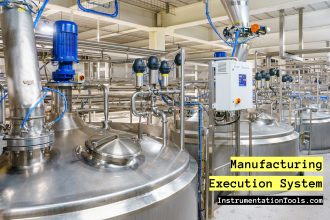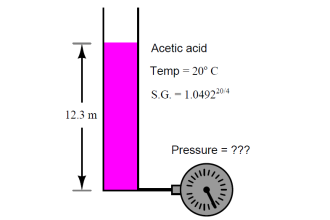Splicing refers to the method of connecting two fiber optic cables and termination is used to connect two cables. Let’s explore the differences between the two, and why splicing is generally preferred over termination in fiber optic cables.
Splicing
Splicing is a process that permanently joins two optical fibers end-to-end, creating a continuous optical path. The goal is to ensure that the light passing through the fibers continues with as little loss or reflection as possible.
There are two main methods of splicing:
- Fusion Splicing: This involves using an electric arc or laser to melt the ends of the optical fibers together. It provides a very low-loss connection, and when done correctly, the splice may be almost as strong as the original fiber.
- Mechanical Splicing: This involves aligning the fiber ends and holding them together using an adhesive or mechanical clamp. It is generally quicker but may have a higher loss and less mechanical strength compared to fusion splicing.
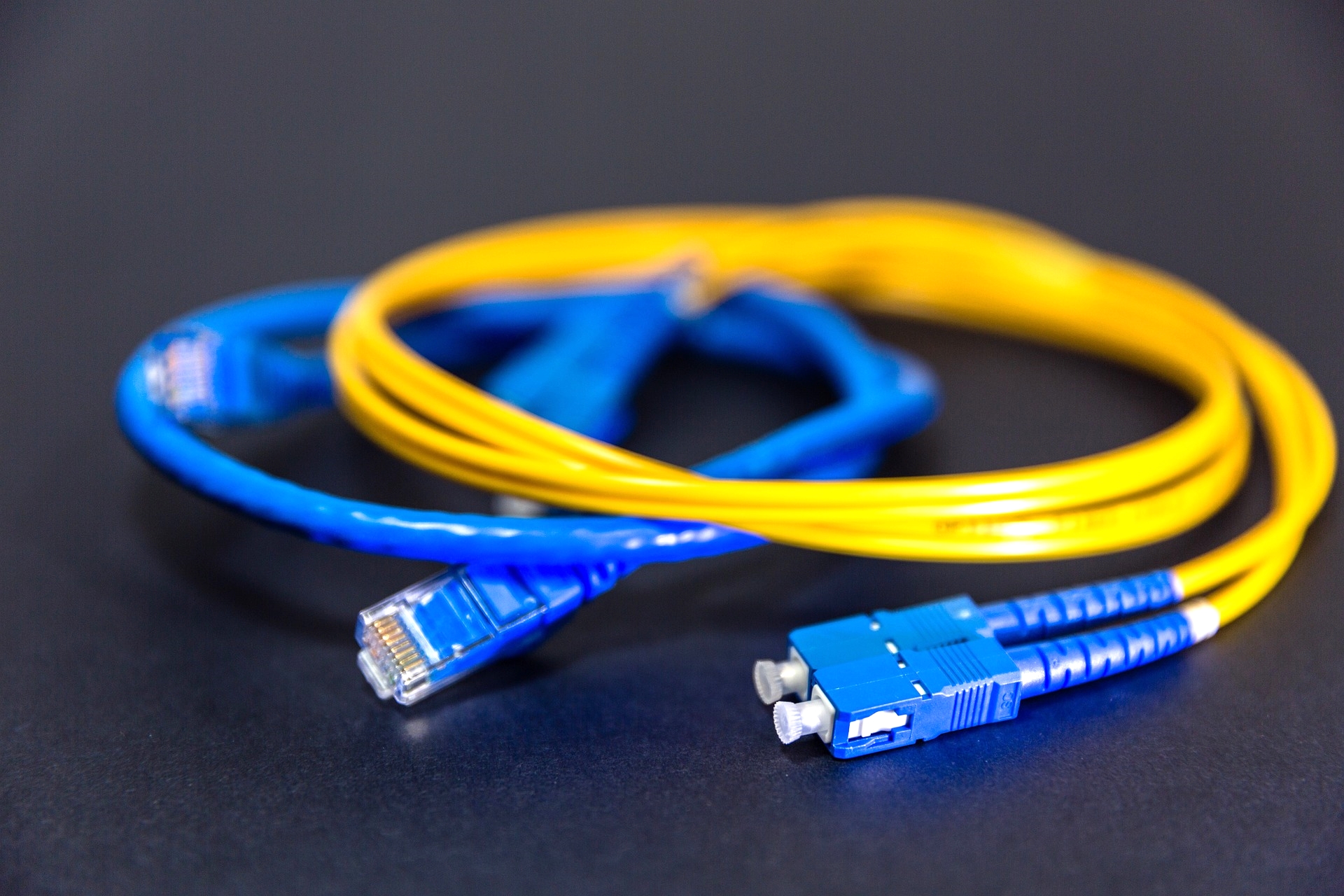
Termination
Termination (Jointing, Joining, or connecting) word is typically used in connecting copper cables (or other materials). We never use the word termination in fiber optics as they do not create a permanent connection.
If the termination method is used in fiber optics, it typically involves higher loss compared to splicing, as the fibers are not fused together and there may be a small air gap or mismatch between the fibers. This leads to reflection and scattering of the light signal and leads to signal loss.
Why Splicing Instead of Termination?
Splicing is generally preferred over termination for the following reasons:
- Lower Loss: Splicing, especially fusion splicing, provides a lower loss connection, ensuring a more efficient transmission of the optical signal.
- Permanent Connection: Splicing creates a permanent bond between the fibers, providing greater mechanical strength and reliability.
- No Reflection: Properly spliced fibers have no air gap or mismatch at the junction, minimizing reflection and potential interference with the signal.
- Cost-Effective in the Long Run: While splicing equipment may be expensive, the low loss and reliability of spliced connections can make it more cost-effective in the long run for certain applications like long-haul transmission.
So, for fiber-optic cables, splicing is the preferred method due to its low loss and reliability.
Read Next:
- Instrumentation Engineering Quiz
- Electrical Control Devices Questions
- Transducers Objective Questions
- Flow and Level Measurement Quiz
- Circuit Protection Devices Questions



